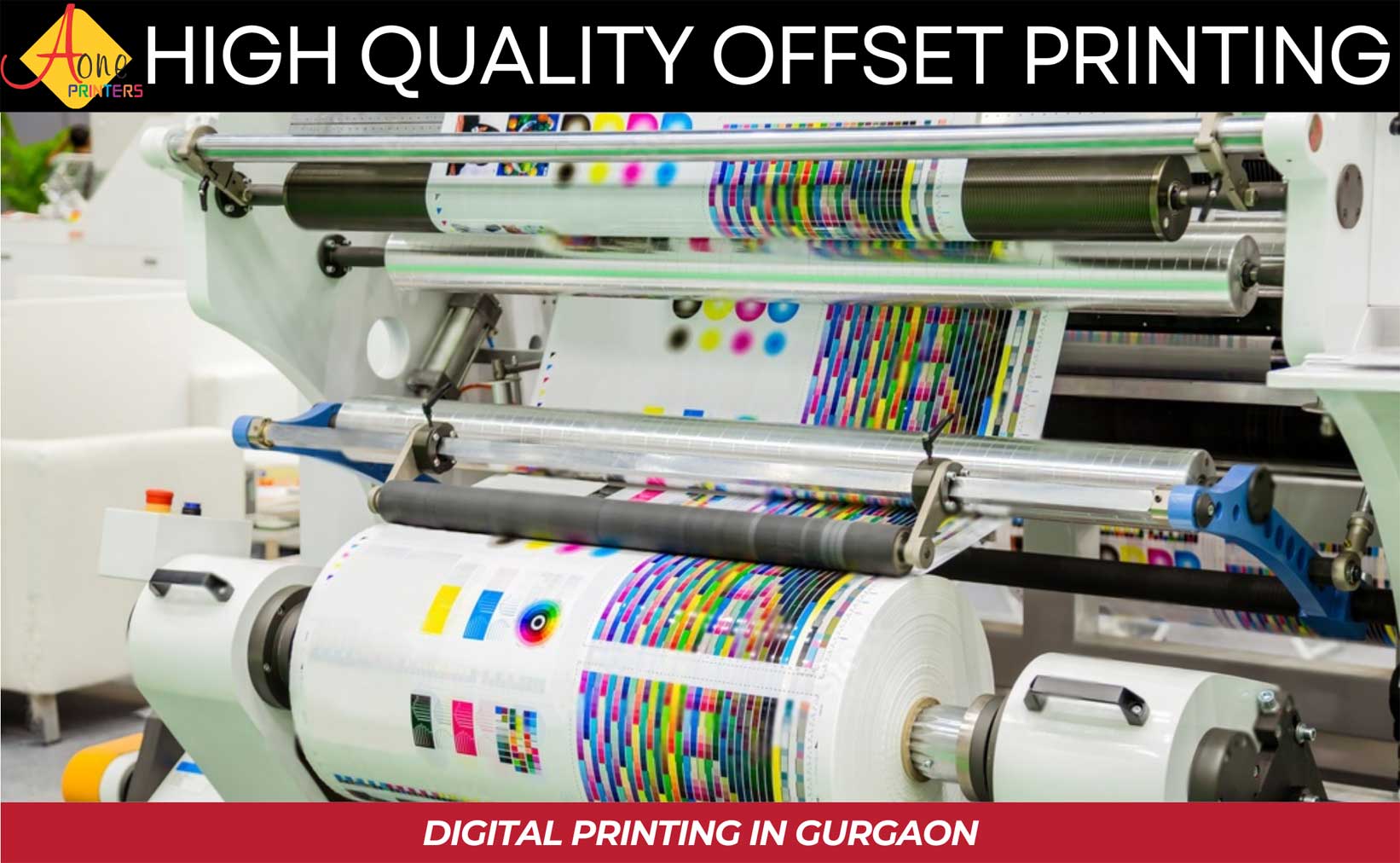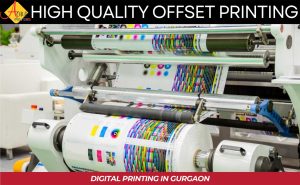Integrating Real-Time Safety Alerts with Industrial Hygiene Programs
In today’s fast-paced industrial environment, ensuring workplace safety requires more than traditional compliance measures. Real-time safety alerts are transforming how companies monitor hazards, respond to incidents, and maintain industrial hygiene standards. By integrating these alerts with industrial hygiene programs, organizations can create proactive safety cultures that reduce risks, protect employees, and improve regulatory compliance.
Understanding Real-Time Safety Alerts
What Are Real-Time Safety Alerts?
Real-time safety alerts are immediate notifications triggered by environmental sensors, monitoring systems, or wearable devices. These alerts inform safety managers and workers about potential hazards such as chemical exposures, gas leaks, equipment malfunctions, or ergonomic risks. Unlike traditional reporting methods, which often rely on manual checks, real-time alerts provide instant awareness, allowing rapid response and mitigation.
Key Components of Real-Time Safety Alerts
- Sensors and Detection Devices: Measure physical, chemical, and biological hazards.
- Communication Systems: Push alerts via mobile apps, dashboards, or emails.
- Data Analytics: Identify trends, predict risks, and enhance decision-making.
- Response Protocols: Ensure immediate action based on alert severity.
The Role of Industrial Hygiene Programs
Defining Industrial Hygiene
Industrial hygiene focuses on anticipating, recognizing, evaluating, and controlling workplace hazards that can affect employees’ health. Programs typically cover chemical safety, noise management, ergonomic assessments, and exposure monitoring. Proper industrial hygiene practices aim to prevent occupational illnesses and injuries while maintaining compliance with regulatory standards.
Core Elements of Industrial Hygiene Programs
- Hazard Identification: Detecting potential health risks.
- Exposure Assessment: Measuring the intensity and frequency of hazards.
- Control Measures: Implementing engineering, administrative, or PPE solutions.
- Continuous Monitoring: Ensuring ongoing safety and compliance.
Benefits of Integrating Real-Time Safety Alerts with Industrial Hygiene
Enhanced Hazard Detection
Integrating real-time alerts allows industrial hygiene programs to detect hazards more efficiently. For example, chemical sensors can immediately notify safety officers of dangerous concentrations, preventing overexposure. Early detection reduces the likelihood of injuries and occupational illnesses.
Faster Emergency Response
Traditional industrial hygiene assessments often identify risks after incidents occur. Real-time alerts enable immediate notification and action, minimizing response time. This is particularly vital in emergencies such as chemical spills, fires, or machinery malfunctions, where minutes can make a significant difference.
Improved Compliance and Reporting
Regulatory bodies increasingly require accurate documentation of workplace hazards. Integrating real-time alerts ensures precise, time-stamped records of exposure levels, incidents, and corrective actions. This streamlines compliance reporting and reduces the risk of penalties.
Data-Driven Insights for Prevention
Real-time safety alerts generate valuable data that can be analyzed to identify patterns and recurring hazards. Industrial hygiene professionals can use this information to implement preventive measures, optimize control strategies, and continuously improve workplace safety protocols.
Steps to Successfully Integrate Real-Time Safety Alerts
Assess Your Existing Industrial Hygiene Program
Begin by evaluating current processes, monitoring tools, and safety protocols. Identify gaps where real-time alerts could improve hazard detection, response, and data collection.
Choose the Right Technology
Select alert systems compatible with your industrial environment. Consider factors such as sensor accuracy, connectivity, integration capabilities, and ease of use for employees. Mobile-friendly platforms often enhance accessibility and adoption.
Establish Clear Response Protocols
Integration is only effective if alerts trigger immediate action. Develop response protocols that outline responsibilities, escalation procedures, and follow-up steps. Ensure employees understand how to react to different types of alerts.
Train Your Team
Provide comprehensive training on the technology, alert interpretation, and industrial hygiene best practices. Employees should feel confident responding to alerts, reporting issues, and using data for preventive measures.
Monitor, Evaluate, and Adjust
Continuously assess the system’s effectiveness. Analyze alert data, response times, and incident outcomes to refine your protocols. Regular updates ensure your industrial hygiene program evolves alongside emerging hazards and technological advancements.
Case Studies: Real-World Applications
Chemical Manufacturing Facility
A chemical plant integrated real-time gas sensors with its industrial hygiene program. When a hazardous gas leak was detected, the system immediately alerted the safety team, triggering an evacuation and containment procedure. The rapid response prevented injuries and minimized environmental impact.
Construction Site Safety
A construction company implemented wearable devices that monitored noise levels and worker location. Real-time alerts informed supervisors when employees exceeded safe exposure limits. The program not only reduced hearing-related incidents but also optimized work schedules to limit prolonged exposure.
Food Processing Plant
By linking temperature and sanitation sensors to real-time alert systems, a food processing facility improved compliance with health regulations. Alerts signaled equipment malfunctions or contamination risks, allowing staff to take corrective actions before products were affected.
Overcoming Challenges in Integration
Cost Considerations
Advanced sensors and software can require significant investment. Businesses should conduct a cost-benefit analysis to demonstrate long-term savings through reduced incidents, regulatory compliance, and employee protection.
Employee Resistance
Introducing new technologies may face resistance. Involving employees early, providing training, and highlighting the benefits of real-time alerts can improve acceptance and engagement.
Data Management
Handling large volumes of alert data requires effective storage, analysis, and reporting tools. Cloud-based platforms and data analytics solutions ensure information is organized and actionable.
Future Trends in Real-Time Safety Alerts and Industrial Hygiene
AI and Predictive Analytics
Artificial intelligence can analyze historical and real-time data to predict potential hazards before they occur, further enhancing preventive strategies in industrial hygiene.
Wearable Technology Advancements
Smart wearables will continue to evolve, offering more precise monitoring of vital signs, environmental exposures, and location tracking, enhancing both safety and productivity.
Integration with Enterprise Safety Platforms
Companies are increasingly integrating real-time alerts into broader EHS (Environmental, Health, and Safety) platforms, allowing seamless communication across departments and a holistic approach to workplace safety.
Conclusion
Integrating real-time safety alerts with industrial hygiene programs transforms workplace safety from reactive to proactive. By enhancing hazard detection, accelerating emergency response, and providing data-driven insights, organizations can protect employees, ensure compliance, and foster a safety-first culture. Investing in the right technology, training teams effectively, and continuously monitoring results are key steps to maximizing the benefits of this integration. Companies that embrace real-time safety alerts not only reduce risks but also gain a competitive advantage by demonstrating a commitment to the well-being of their workforce.














Post Comment